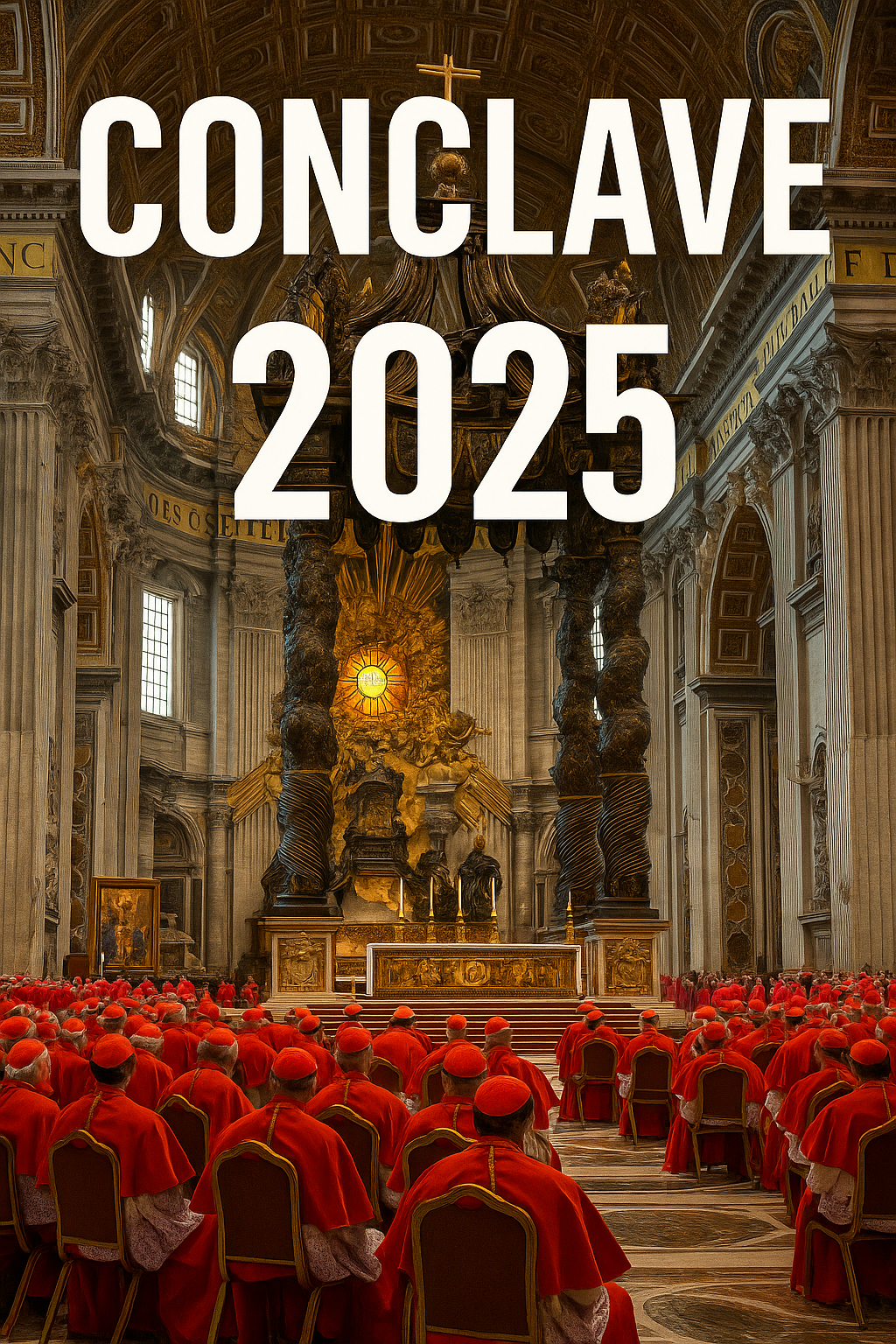As the 2024 U.S. presidential election nears, analysts and voters are keenly observing the contest between Kamala Harris, currently Vice President, and former President Donald Trump. Both candidates represent contrasting political ideologies and have unique advantages and challenges. Here, we delve into key factors that could influence the election’s outcome, including voter demographics, policy priorities, campaign dynamics, and broader political landscape issues.

1. Voter Demographics and Base Appeal
- Donald Trump has a strong, loyal base largely composed of conservative, rural, and blue-collar voters. His appeal is particularly potent among working-class white voters, evangelical Christians, and those dissatisfied with current establishment politics. Trump’s ability to mobilize this base was evident in 2016 and 2020, and his campaign aims to harness this energy again.
- Kamala Harris represents a historic candidacy as the first woman of color in the vice-presidential role. Her potential to mobilize a diverse coalition of urban, minority, and younger voters is a significant advantage. However, she faces challenges in galvanizing the same enthusiasm as former President Obama or current President Biden among older, moderate Democrats and suburban voters.
2. Policy Priorities and Public Perception
- Trump’s Platform: Trump is likely to emphasize issues that resonate with his base, including border security, deregulation, and “America First” foreign policy. His stance on immigration, opposition to critical race theory, and conservative judicial appointments are aligned with his supporters’ values. However, Trump’s divisive rhetoric and legal controversies could alienate moderate swing voters.
- Harris’s Platform: Harris’s focus aligns closely with progressive issues like healthcare reform, climate change, and social equity. Her stance on abortion rights, support for stronger gun control, and efforts to address economic disparity appeal to the Democratic base. However, her record as California’s Attorney General has drawn criticism from both the left and right, complicating her appeal to criminal justice reform advocates.
3. Campaign Dynamics and Messaging
- Trump’s Messaging: Known for his brash and populist style, Trump uses high-energy rallies and social media to galvanize support and dominate news cycles. His “Make America Great Again” slogan remains potent, but he needs to address swing voters’ concerns about his handling of the COVID-19 pandemic, election denialism, and legal entanglements.
- Harris’s Messaging: Harris brings a contrasting approach, favoring a more traditional, policy-focused campaign style. Her messaging emphasizes unity, equity, and a return to “normalcy” post-Trump. Nevertheless, she must overcome doubts about her readiness for the presidency, given that she trails Biden in perceived electability among some Democratic voters.
4. Influence of the Broader Political Landscape
- Economic Factors: Economic performance, inflation rates, and job creation will heavily impact voter sentiments. Historically, economic stability favors incumbents, suggesting Harris could benefit if inflation eases and employment remains strong. However, if economic challenges persist, Trump’s appeal to frustrated voters could gain traction.
- Global and Domestic Issues: International issues like U.S.-China relations, the Israel-Palestine conflict, and climate change, along with domestic issues like gun violence and healthcare, are likely to influence voters. Trump’s hardline stance on foreign policy could appeal to voters wary of global entanglements, while Harris’s progressive stance on climate action and gun control could energize liberal voters.

5. Key Battleground States
- States like Pennsylvania, Michigan, Wisconsin, Arizona, and Georgia will play a critical role in determining the winner. Trump’s previous victories in parts of the Midwest give him a potential advantage if he can reclaim this territory, while Harris must work to solidify and expand Democratic gains in these areas from 2020.
6. Electoral and Campaign Strategy
- Trump: Trump’s campaign is expected to focus on traditional battleground states while also attempting to flip emerging swing states with growing conservative movements, like Nevada and New Mexico.
- Harris: Harris’s strategy likely involves rallying the Democratic base, focusing on urban centers, and reinforcing support among minority groups, especially in the Sun Belt and key suburban areas where recent elections showed Democratic gains.
Conclusion: Who Has the Edge?
The 2024 election will likely hinge on voter turnout, economic conditions, and the candidates’ abilities to address evolving voter concerns. Trump has the advantage of a loyal base and a populist message, while Harris’s historic candidacy and policy-oriented approach could broaden her coalition among diverse demographics. However, both face hurdles: Trump must mitigate the impact of legal challenges and polarized opinions, while Harris must demonstrate leadership and appeal to swing voters concerned with moderates’ electability.
In sum, the race remains competitive, with each candidate’s path to victory depending on their ability to effectively mobilize their base while swaying undecided voters. The 2024 election promises to be one of the most closely watched and hotly contested elections in recent history.





